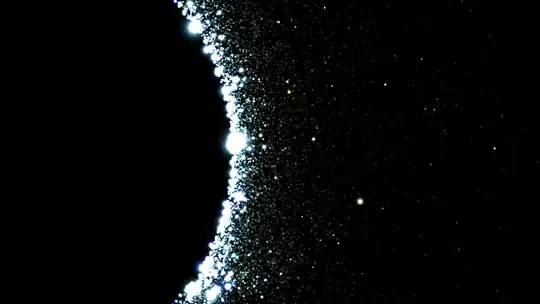I have read this question:
We start with a rocket hovering at a constant distance away from the black hole At time t0 our observer leaves the rocket and starts falling towards the black hole. At time t1 the rocket shines a light ray at the infalling observer. The light ray, travelling at 45°, reaches the observer before they cross the event horizon - so far so good. At time t2 the rocket shines a second light ray at the observer, and this light ray reaches the observer just as they hit the singularity.
Does someone falling into a black hole see the end of the universe?
This image is after you've passed through the horizon and are at a radius equal to half the Schwarzschild radius:
Does someone falling into a black hole see the end of the universe?
The answers say, that there is a way for an observer inside the black hole to see what is outside, that is, the observer who is free-falling inside the black hole, can receive light from the outside. The last one even shows what the outside might look like for an observer who is inside the horizon.
So basically the question is, can an infalling observer (who is already inside the horizon) see the outside and notice the merger with another black hole, and what might it look like?
Where would we see the merger on this image?
Question:
- What would a merger look like from inside a black hole (and would we even notice it)?
